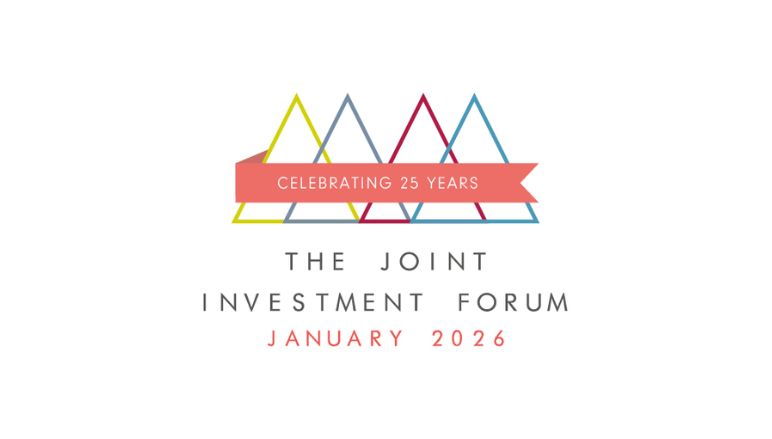UK dividends are down, with weakness in the mining sector, the strength of sterling and a preference for share buybacks weighing on returns.
- Computershare data shows a headline fall in UK dividends of 8.1% for the third quarter
- Dividends dropped £2.6bn in the mining sector
- However, 17 out of 21 sectors saw higher dividends year-on-year on an underlying basis
The UK stock market has had its share of problems, but its strong and reliable yield has always been a selling point. However, the latest Computershare data shows a headline fall in UK dividends of 8.1% for the third quarter, higher than expected. Even adjusting for special dividends, the fall was 3.5%. Could the UK be losing its dividend crown?
The drop has been attributed to a number of problems. The first is the weakness in the mining sector, where dividends dropped £2.6bn. Companies have struggled against falling commodity prices and weaker demand from China, plus rising capital expenditure. Payouts in 2024 will fall by almost three fifths since their peak in 2022. The weakness has been seen across the world, rather than just for UK companies.
Excluding the impact of the mining sector, dividends would have grown by 2.6%, but there have been other drags on UK dividends. The relative strength of sterling has hurt, for example. The Bank of England has been cutting rates more slowly than the US or Eurozone, which has lifted the currency. However, this has started to reverse since the end of September and is unlikely to be a problem in the fourth quarter.
The final factor is the impact of share buybacks. At the margins, UK companies have favoured share buybacks over dividend payments, possibly as a consequence of low share prices. This has helped boost share prices, but has weakened the overall dividend yield. Computershare estimates that its impact is equivalent to 2.5 percentage points in the quarter.
There is also more encouraging news elsewhere. There has been a resurgence in mid-cap dividends, for example, reflecting their lower currency exposure and a resilient UK economy. There is also strength across a number of sectors: in the pharmaceutical sector, for example, every company raised its dividends. Companies in the industrial goods sector raised dividends by 9%.
Overall, 17 out of 21 sectors saw higher dividends year-on-year on an underlying basis, and three quarters of companies (74.5%) raised their payouts or held them steady. Computershare is predicting a 12-month prospective dividend yield of 3.7% for UK equities, a small drop from 4% predicted previously.
The fundamental outlook for UK dividends is still healthy and there is nothing to suggest that the UK is about to lose its crown as the strongest dividend paying market across the globe.


















